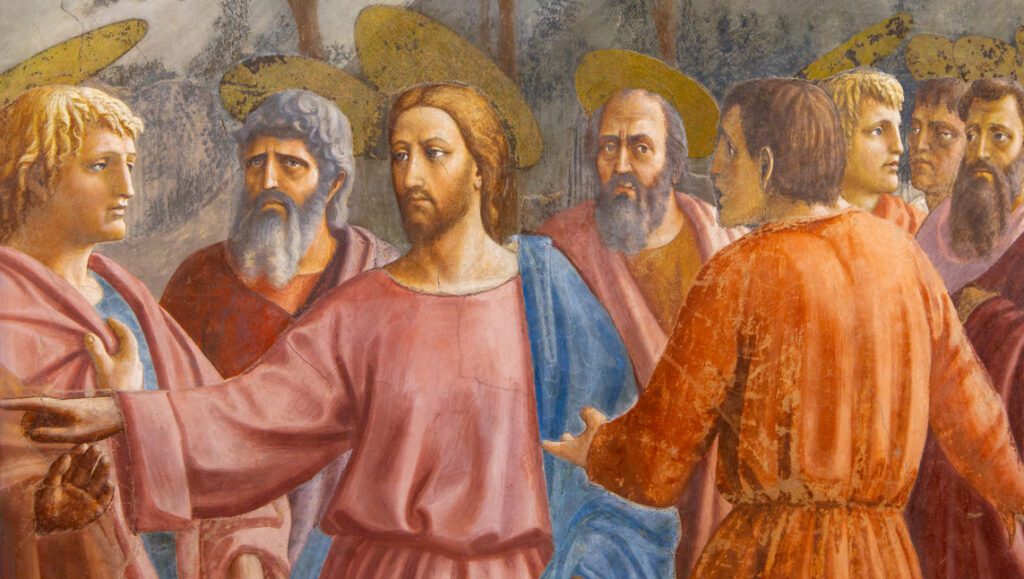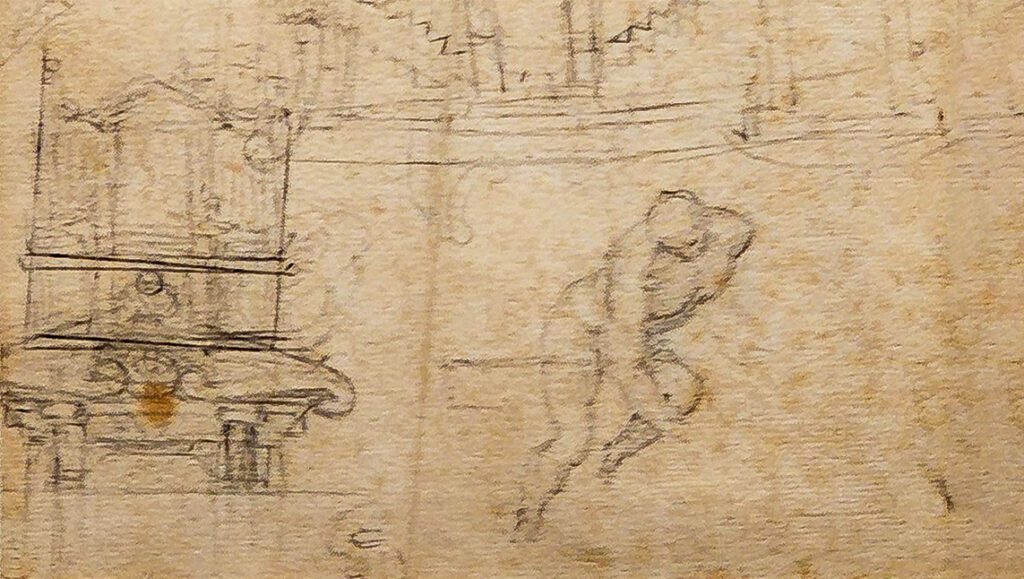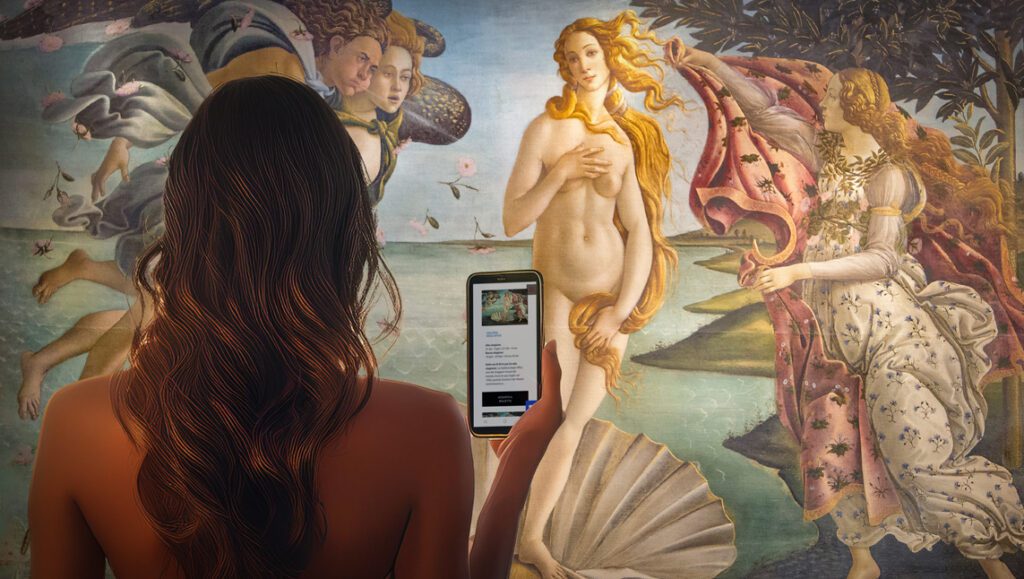
The Portinari triptych, the must-see masterpiece of the Northern Renaissance in the Uffizi
Visiting the Uffizi, the temple of the painting in Italy which, for its famous Renaissance masterpieces, is the most visited museum in Florence, it happens that those who have a minimum of knowledge about the vastness of the gallery’s collections feel the need to make a selection and, therefore, wondering which are the ‘must-see’ works in the Uffizi, especially if you have little time available.
Assuming that it is completely subjective to make a choice between what to see and what not in a museum, it can be generally said that those who enter the Uffizi for the first time, in addition to obviously not having to exclude the famous paintings by Botticelli, Leonardo, Raphael, Michelangelo and Caravaggio, what you should do is also to take a look at masterpieces that are equally noteworthy although not so famous; among these, there are paintings that divert from the conventional manner of the Italian Renaissance, such as the Portinari Triptych.
Immediately after the rooms dedicated to Botticelli – the most present painter in the Florentine museum and of which the most photographed of the works is the Venus – in Room number 15 there is, on the left, on the wall that gives the entrance to the recently reopened Terrazzo delle Carte geografiche, a Nativity with adoring characters spread over three large panels, which is why it is better known as the Portinari Triptych – from the name of the client family.
Painted in the Belgian town of Bruges from 1473 by the painter Hugo Van Der Goes, the work bears the name of a Florentine family due to a commission that took place in particular circumstances.

The Portinari Triptych, Hugo Van der Goes, 1478, Uffizi Gallery
A Florentine family operating in Flanders
Just as it may seem particularly odd that the painting differs from the manner and style encountered in the rooms up to that moment, in which the Florentine tradition is documented, it may be surprising to know that the ‘anomalous’ presence in a Florentine context of a Nordic work was commissioned in Bruges the Portinaris themselves.
The main member of the family was Tommaso Portinari at the time, a commercial agent placed at the head of the Medici bank in Bruges, which is why, as a sign of prestige, the triptych was commissioned to be placed in the family chapel in the local church of Saint James.
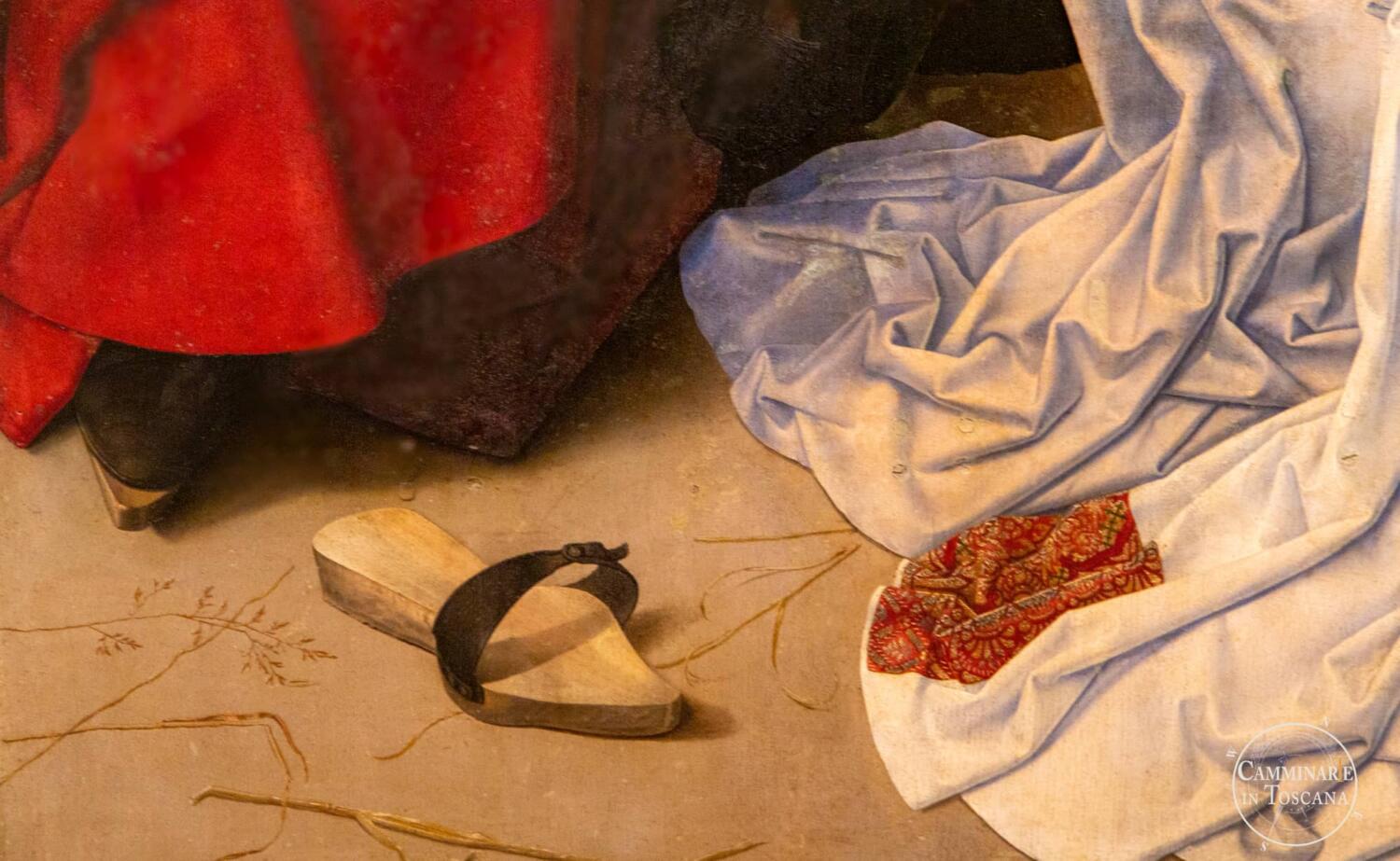
Detail of the clog alongside the figure of Saint Joseph adoring, Hugo Van Der Goes
The symbology of the objects represented
However, if that commission was part of a fairly traditional vein, as evidenced by the iconography of the painting showing the patron saints in the two side panels together with the portraits of the clients themselves (Saint Thomas, Sant’Antonio, Santa Margaret and Saint Mary Magdalene), you should know that the great charm of this work – which is why it can be counted among worthy to be seen in the visit to the Uffizi – is the symbolism lying behind some of the objects represented.
Thus, like small pieces of still life, we find together with a clog, singly represented, a vase with lilies, carnations and columbines inside: these are elements linked to the sacredness of the place where the scene, as does the bushel of wheat referring to the city where the birth of Jesus took place. This birth, foretold to Mary by the angel, inevitably also brings with it a message of death, which is why the child placed on the ground – where he receives the adoration of the Virgin, the angels and the shepherds – evoking a disturbing aspect.
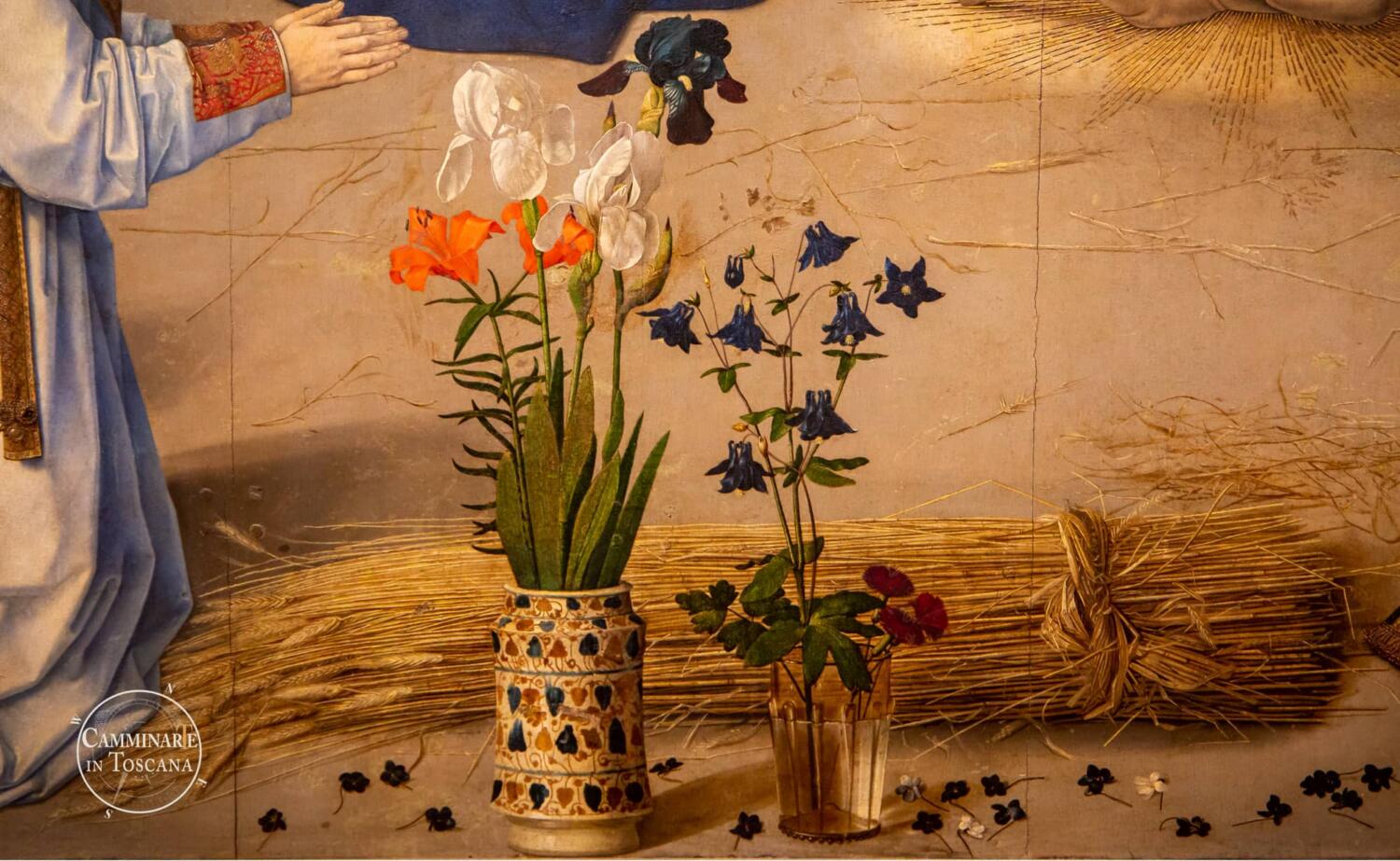
Detail of the vase with flowers and the bushel of wheat
The disproportion between the figure of the Virgin and that of the other characters still seems to obey a hierarchical classification dated back to the time before the fourteenth century respected, when the Italian painters observed that kind of structure.
Behind this group of people stands a building on whose portal is represented the lyre, one of the most important musical instruments of the antiquity and even in the Middle Ages. The importance of this object featured is linked to the role that the building assumes in the economy of the biblical message and which finds fulfilment in the son of God’s incarnation. Above the window there are two doves, also interpreted as particular symbolic value.
Those described here are just some of the many suggestions that the Portinari Triptych hides: many other details are waiting to be revealed (among all, the ‘strange’ iconography of the Saints Magdalene and Margaret in the right panel of the triptych); for its richness of details and its ‘exotic’ aspect compared to the Florentine artistic tradition, this astonishing painting of the Flemish Renaissance is one of the must-see works in the Uffizi.
Coming to discover the Florentine museum with me on a guided tour, we will see what else lies behind this masterpiece ⟢

